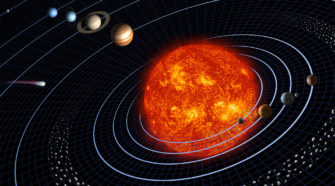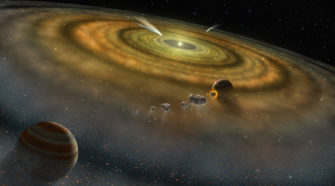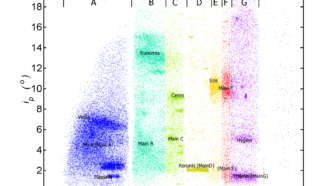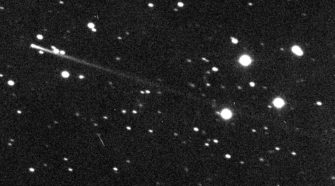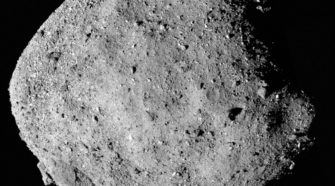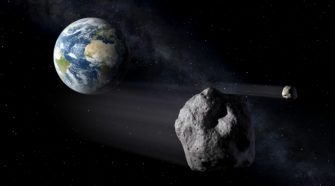Topic
Special Topic: Putting It All Together
When I first began reading about the solar system as an elementary school student in the mid-1960s, it seemed to be a much simpler place than what we know today. There was the sun, around which orbited nine planets; some of these planets had moons, Jupiter having the most with 12. Between Mars and …
Special Topic: Formation of the Planets
Ever since humankind began to discern the overall structure of the solar system a few centuries ago, i.e., that the sun basically resides in the center and the planets orbit around it, this has brought forth questions, for example, how did the planets, and the solar system as a whole, form? A second question would …
Special Topic: “Families” and Groups
A detailed examination of a catalog of orbital elements of comets and/or asteroids will reveal that the orbits therein are not entirely random; rather, there will appear to be various objects that seem to share similar orbits. While in some instances these resemblances may be coincidental, in many more cases the similarities are real, and …
Special Topic: “Active Asteroids”
Ice And Stone 2020 Week 50 Throughout “Ice and Stone 2020” we have primarily been concerned with the objects we call “comets” and the objects we call “asteroids,” which collectively are “planetesimals” left over from the formation of the solar system. From an observational perspective, “asteroids” are stellar in appearance whereas “comets” are diffuse and …
Special Topic: Sample Retrieval Missions
In most scientific disciplines, if we want to examine an object closely and in-depth, we can collect some kind of sample specimen of that object, take it to our laboratories, and perform any number of direct analysis examinations of that specimen. For the most part, in astronomy we can’t do that; we are usually restricted …
Special Topic: Close Asteroidal Encounters
In the Week 2 “Special Topics” presentation I discussed the history and recognition of near-Earth asteroids and described some of the early observed encounters by these objects. What could perhaps be considered the most remarkable of these asteroids was a 10th-magnitude fast-moving object discovered on October 28, 1937, by Karl Reinmuth at Heidelberg Observatory in …

